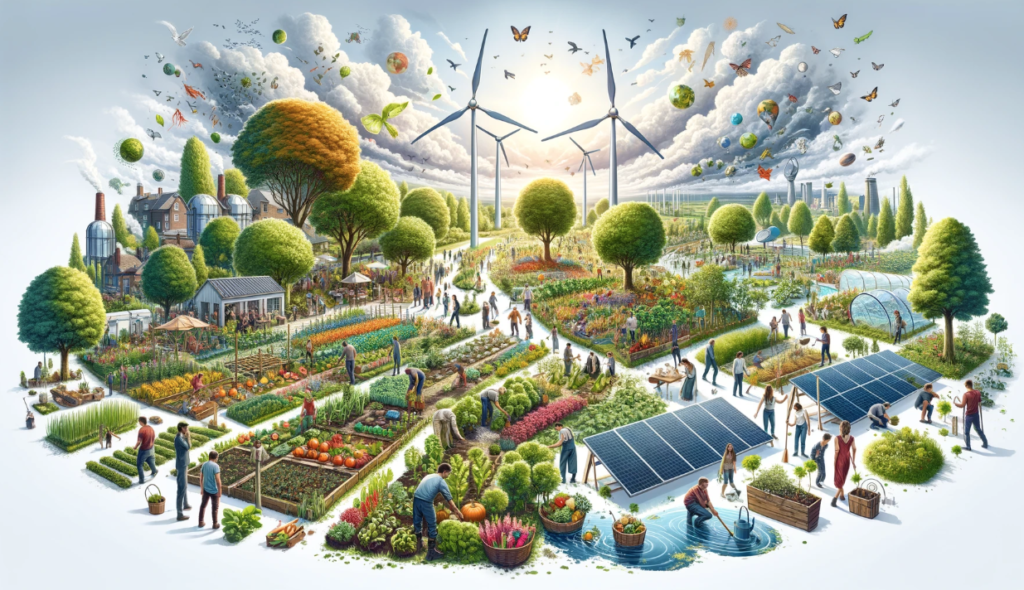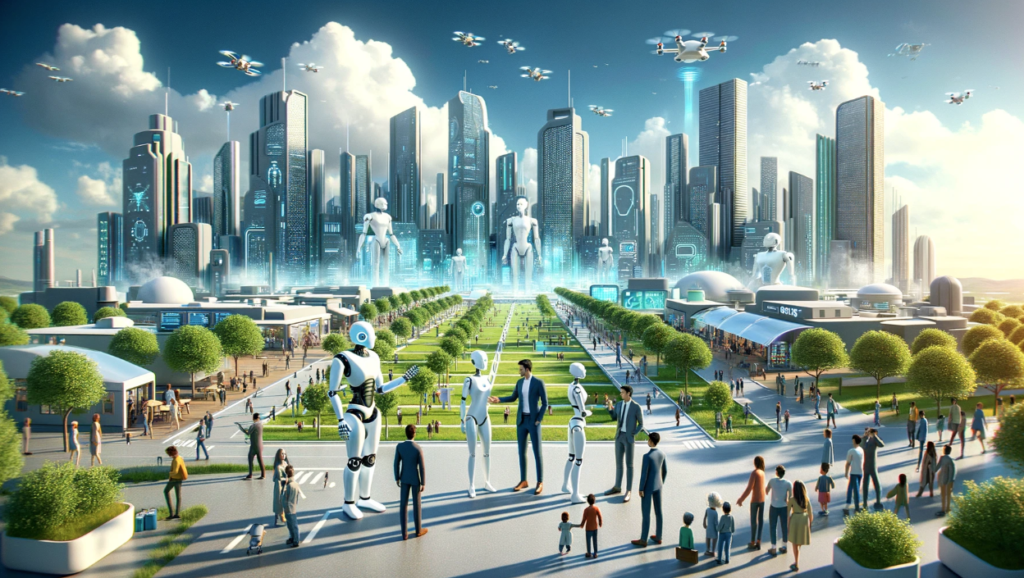Lesson 6.
Climate Change Solutions (気候変動の解決策)

▮ Explanatory Text:
Climate change poses one of the most significant challenges of our time, threatening ecosystems, human health, and economies globally. Addressing climate change requires a multifaceted approach, including reducing greenhouse gas emissions, transitioning to renewable energy sources, enhancing energy efficiency, and promoting sustainable agriculture and forestry practices. This topic explores potential solutions that can mitigate the impacts of climate change and safeguard the planet for future generations.
▮ Common Phrases:
1.Reducing our carbon footprint involves…
2. Transitioning to renewable energy can…
3. Energy efficiency measures include…
4. Sustainable agriculture practices are…
5. To combat climate change, we need to…
▮ Example Sentences:
1.Reducing our carbon footprint involves using public transportation and consuming less meat.
2.Transitioning to renewable energy can decrease our reliance on fossil fuels.
3.Energy efficiency measures include upgrading to LED lighting and improving building insulation.
4.Sustainable agriculture practices are essential for reducing methane emissions and enhancing carbon sequestration.
5. To combat climate change, we need to support policies that promote environmental sustainability.
▮ Questions:
1. What are some effective ways individuals can reduce their carbon footprint?
2. This question encourages learners to consider personal actions that contribute to climate change mitigation.
How can the transition to renewable energy sources impact the fight against climate change?
3. Participants discuss the benefits and challenges of moving away from fossil fuels to renewable energy sources.
Why is energy efficiency important in addressing climate change, and what steps can be taken to improve it?
4. This prompts a discussion on the significance of energy efficiency and practical measures to reduce energy consumption.
What role does sustainable agriculture play in climate change solutions, and how can it be implemented?
5. Learners explore the impact of agriculture on the environment and ways to promote sustainable practices.
In your opinion, what are the most critical policies needed to combat climate change effectively?
▮ Discussion Instructions:
Select a solution to climate change that you find compelling or promising. Discuss its potential impacts, challenges in implementation, and how it can be promoted at the individual, community, or policy level. Reflect on the role that each of us can play in contributing to these solutions.














